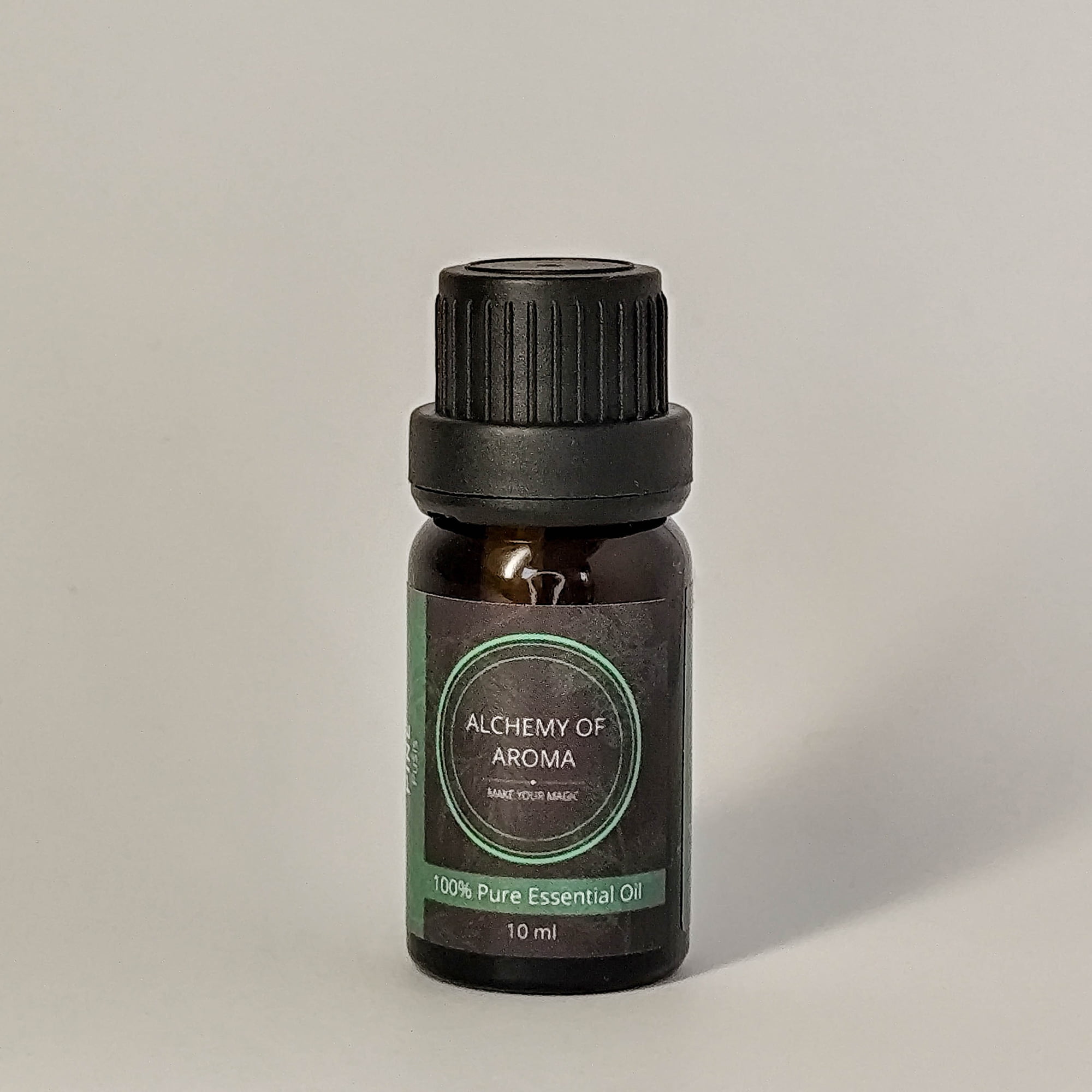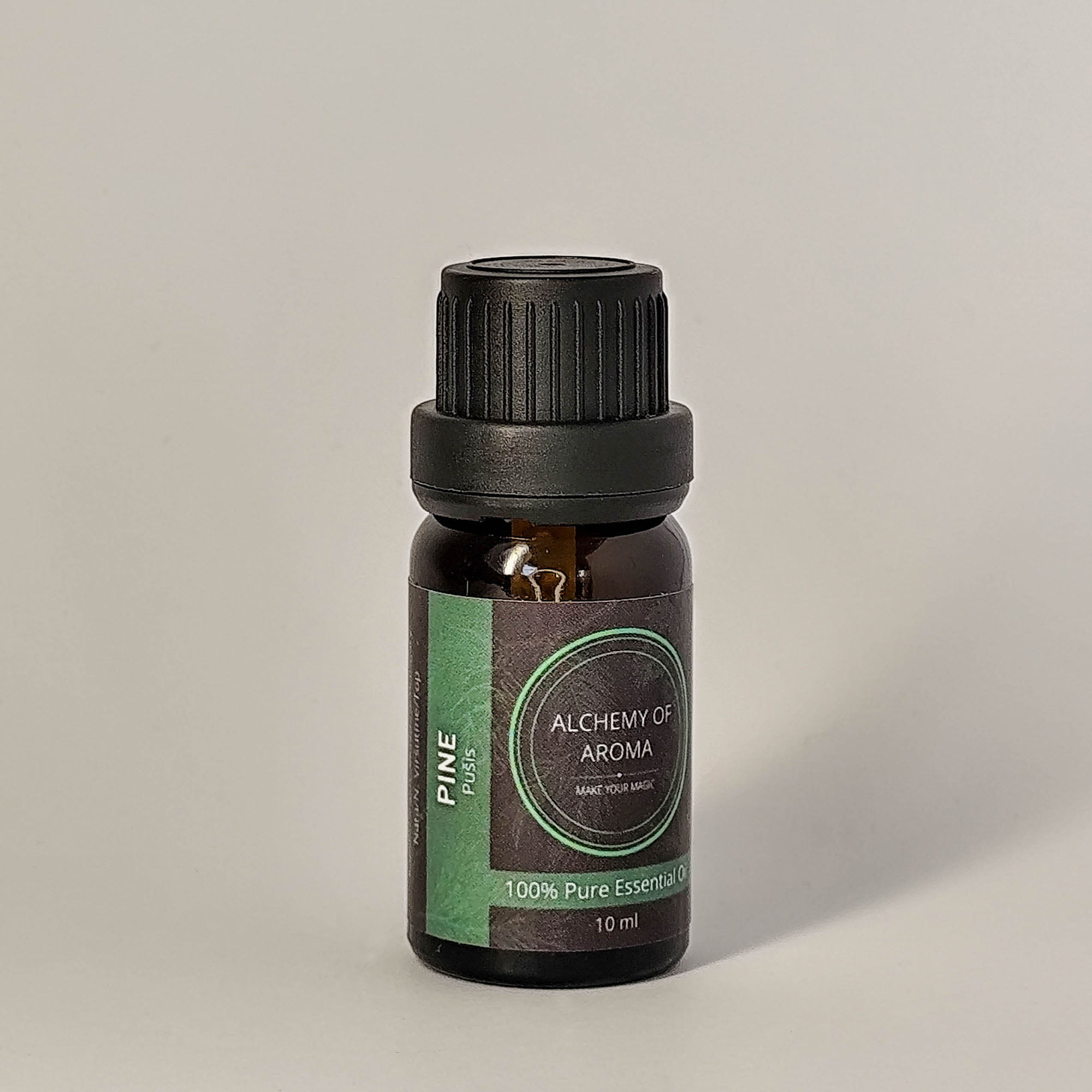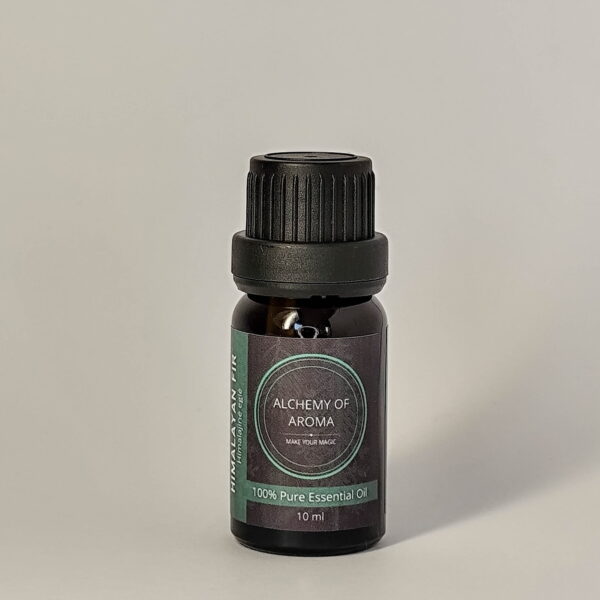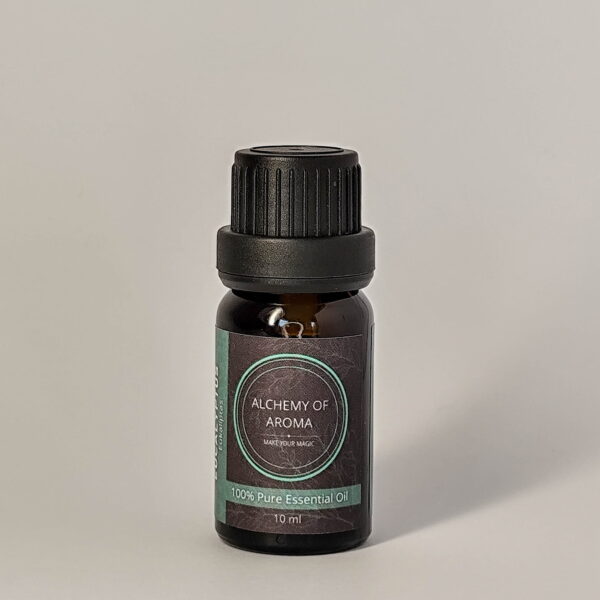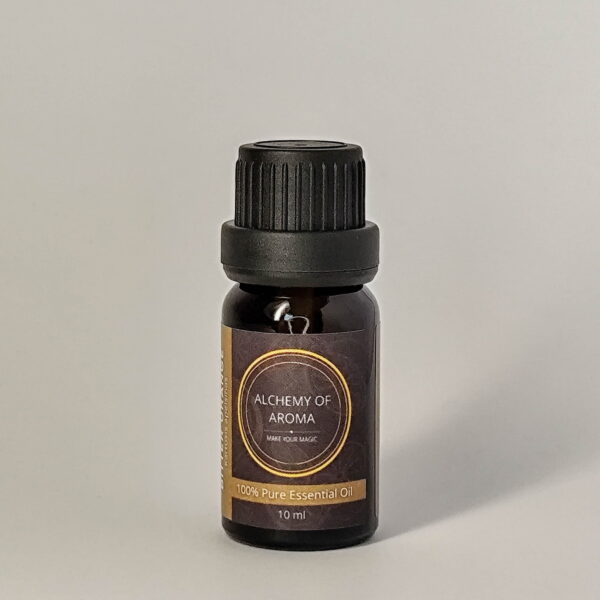Pine Essential Oil
Botanical Name: Pinus sylvestris
Extraction Method: Steam Distilled
Plant Part: Needles, twigs, and cones
Country of Origin: Hungary
Appearance: Clear to pale yellow liquid
Aroma: Fresh, crisp, and woody with a resinous, evergreen scent that is invigorating and uplifting
Perfumery note: Top
10 ml
5,99 €
Pine Essential Oil
Botanical Name: Pinus sylvestris
Extraction Method: Steam Distilled
Plant Part: Needles, twigs, and cones
Country of Origin: Hungary
Appearance: Clear to pale yellow liquid
Aroma: Fresh, crisp, and woody with a resinous, evergreen scent that is invigorating and uplifting
Perfumery note: Top
10 ml
5,99 €
- Product description
- Guidelines for perfumery
- Guidelines for aromatherapy
- Safety tips
Pine essential oil has a rich history, deeply rooted in the traditions of various cultures that have recognized its therapeutic properties for centuries. Pine essential oil offers a wide array of therapeutic benefits, making it a versatile addition to both health and household routines. Known for its anti-inflammatory, antiseptic, antibacterial, and analgesic properties, this essential oil has been utilized for centuries to address various health concerns. Its effectiveness in treating respiratory issues, such as coughs, colds, and bronchitis, is primarily due to its expectorant qualities, which help in clearing mucus and phlegm from the respiratory tract, thereby easing breathing difficulties. Beyond its physical health benefits, pine essential oil is also renowned for its use in aromatherapy to reduce stress and anxiety. The refreshing, woody aroma of the oil can create a calming environment, helping to improve mental clarity and emotional well-being.
Uses in Perfumery:
- Top Note: Pine oil is often used as a top note in perfumes due to its fresh, crisp, and invigorating aroma. It provides an immediate burst of freshness that enlivens and energizes the senses.
- Nature-inspired Fragrances: The clean and woody scent of pine oil is perfect for creating nature-inspired and outdoor-themed fragrances. It adds a touch of forest freshness that is reminiscent of evergreen forests.
- Unisex and Masculine Scents: The robust and natural aroma of pine oil is popular in unisex and masculine fragrances. It imparts a sense of ruggedness and vitality that appeals to a wide range of consumers.
Aromatherapy benefits:
- Respiratory Health: Pine oil is known for its ability to support respiratory health. Inhaling the oil or using it in a diffuser can help clear nasal congestion, soothe coughs, and relieve symptoms of colds, flu, and bronchitis.
- Stress Relief: Despite its stimulating properties, pine oil can also promote relaxation and relieve stress. Adding a few drops to a diffuser or bath can create a calming and soothing atmosphere that helps to reduce anxiety and tension.
- Skin Care: Pine oil can be beneficial for the skin when used properly. It has antiseptic and anti-inflammatory properties that can help treat minor cuts, wounds, and skin irritations. It also supports overall skin health and vitality.
Related
Understand the Notes:
- Top Notes: Light, fresh, and evaporate quickly (e.g., citrus oils like lemon and bergamot).
- Middle Notes: The heart of the fragrance, balancing top and base notes (e.g., lavender, rosemary).
- Base Notes: Long-lasting and grounding (e.g., vetiver, patchouli, sandalwood).
Creating a Blend:
- Start with a 30:50:20 ratio of top, middle, and base notes.
- Experiment with different combinations to find your unique scent.
Dilution:
- Always dilute essential oils in a carrier oil (such as jojoba, sweet almond, or fractionated coconut oil) or alcohol (like perfumer’s alcohol) before applying to the skin.
- A common ratio is 15-30 drops of essential oil per 30ml (1 ounce) of carrier oil.
Aging Your Blend:
- Allow your blend to age for at least a few days, preferably a few weeks, to let the scents meld and mature.
- Store in a cool, dark place and shake occasionally.
Inhalation:
- Diffusers: Add 5-10 drops of essential oil to an ultrasonic diffuser filled with water.
- Steam Inhalation: Add 1-2 drops to a bowl of hot water, cover your head with a towel, and inhale deeply.
Topical Application:
- Dilution: Dilute essential oils in a carrier oil before applying to the skin. A common dilution is 2-3 drops per teaspoon (5ml) of carrier oil.
- Massage: Use the diluted oil for a soothing massage. Common areas include the neck, shoulders, and feet.
- Roller Bottles: Fill a roller bottle with a carrier oil and add essential oils. Apply to pulse points like wrists, temples, and behind the ears.
- Patch Test: Before using a new product on your skin, perform a patch test. Apply a small amount of the diluted product to a patch of skin and wait 24 hours to check for any adverse reactions.
- Avoid Sensitive Areas: Do not apply to sensitive areas such as the eyes, ears, mucous membranes, or broken skin.
- Pregnancy and Nursing: Consult a healthcare professional before using our products if you are pregnant, nursing, or have a medical condition.
- Children and Pets: Use caution when using our products around children and pets. Always research or consult a professional regarding safe usage.
- Photosensitivity: Certain essential oils, especially citrus oils like bergamot, lemon, and lime, can cause photosensitivity, increasing the risk of sunburn. Avoid sun exposure for 12-24 hours after applying these oils to the skin.
- Storage: Store in a cool, dark place, away from direct sunlight and heat. Keep them out of reach of children and pets.


